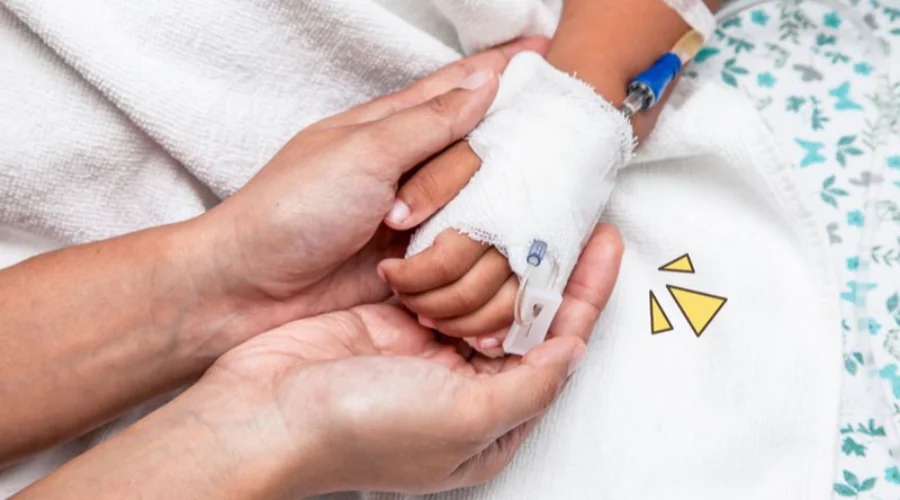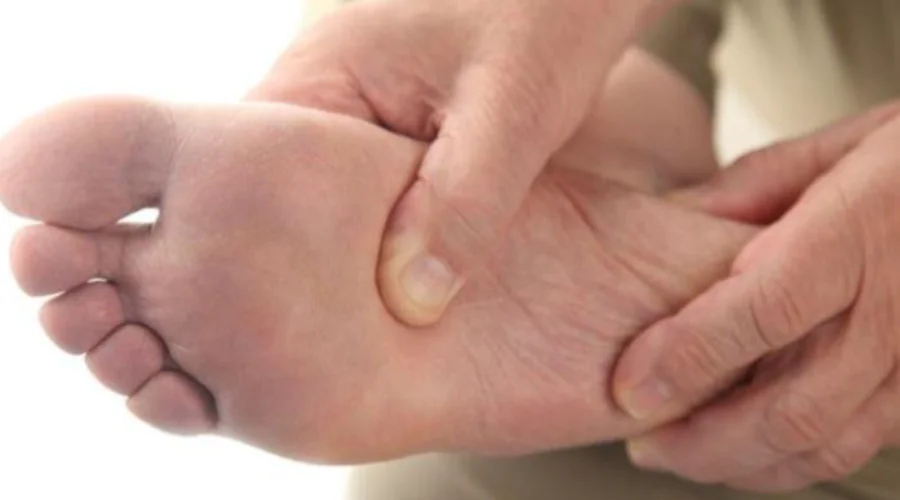
- 19 Oct
- 2022
Ilustrasi gambar (Shutterstock)
Lecturer of FK UM Surabaya: These are the symptoms that occur in children when exposed to typhoid fever
Typhoid fever or typhus is an acute disease caused by the bacterium Salmonella typhi. This bacterium is usually found in contaminated water or food. In addition, this bacterium can also be transmitted from infected people.
UM Surabaya Faculty of Medicine (FK) lecturer, Gina Noor Djalilah, who is also a Pediatrician, explained that children and adolescents who are infected with typhoid fever or typhus can transmit the bacteria through faeces and urine, food and drinks that have been contaminated with urine or faeces of typhus sufferers. or consuming food handled by people who are experiencing typhus and have not been declared cured by a doctor.
“Typhoid fever is a bacterial infection that can spread throughout the body and affect many organs. Without prompt and proper treatment, this disease can cause serious complications that can be fatal," said Gina Wednesday (19/10/22)
In a written statement, Gina shared a number of symptoms when a child is infected with typhoid fever, she said the body will experience various initial signs and symptoms such as: high fever reaching 39o – 40o Celsius, headache, weakness and fatigue, muscle aches, dry cough, loss of appetite and weight loss, stomach pain, diarrhea or constipation, a rash appearing on pink skin and a swollen belly.
Gina also added, if the child does not immediately get the right treatment, they can experience conditions such as delirium and lying down weakly with half-closed eyes.
"In addition, complications that can arise are bleeding in the intestine and rupture of the intestine," added Gina again.
According to his explanation, the cause of typhus or typhoid fever is Salmonella typhi bacteria which are spread through the feces and urine of sufferers who contaminate water or food.
"Salmonella typhi bacteria can also be spread through direct contact with people who are already infected, for example serving food by people who are experiencing typhoid fever," concluded Gina.










(0) Comments